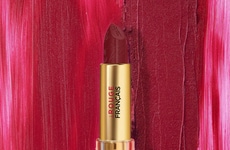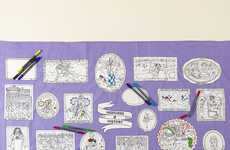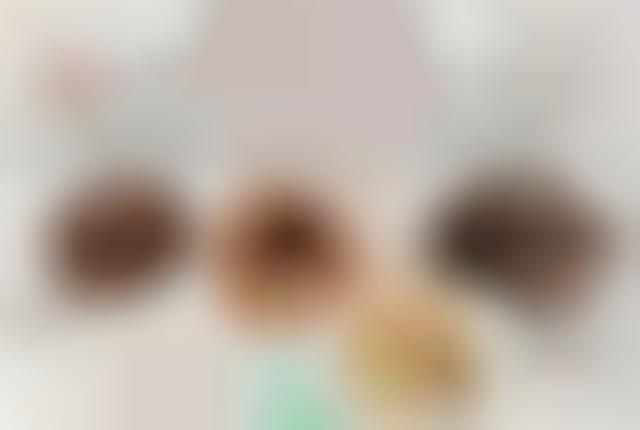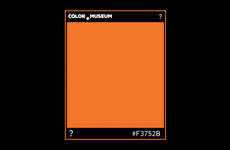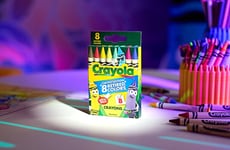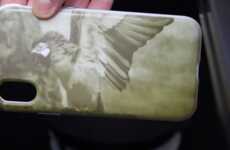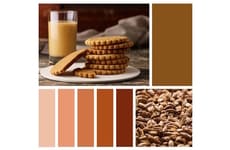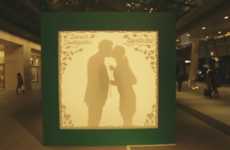
This Color Infographic Explores How Different Dye Shades Were Developed
References: veritablehokum & mentalfloss
Throughout history many different dyes and colors have been created using natural minerals and resources; this pigment chart put together by Vertiable Hokum dives into the history of color and how popular shades were made way back when.
Back in the day a pigments were often made by crushing up objects, minerals and resources that were readily around -- even if that include using poison ones. The 'Mummy Brown and Other Historical Colors' infographic is arranged chronologically and shares how various shades were made in ancient times. For example, vermillion use to be made using mercury and Tyrian purple was made using crushed snail shells while the cover was reserved exclusively for Roman emperors. The chart shares historical tidbits from Ancient Egyptian areas all the way to pioneer times.
Back in the day a pigments were often made by crushing up objects, minerals and resources that were readily around -- even if that include using poison ones. The 'Mummy Brown and Other Historical Colors' infographic is arranged chronologically and shares how various shades were made in ancient times. For example, vermillion use to be made using mercury and Tyrian purple was made using crushed snail shells while the cover was reserved exclusively for Roman emperors. The chart shares historical tidbits from Ancient Egyptian areas all the way to pioneer times.
Trend Themes
1. Natural-pigments - Opportunity to explore the use of natural minerals and resources to create pigments in a sustainable and eco-friendly manner.
2. Historical-color-trends - Opportunity to research and create new designs and products inspired by the colors and pigments used throughout history.
3. Innovative-pigment-production - Opportunity to develop new and innovative production methods for pigments that improve efficiency and reduce waste.
Industry Implications
1. Art-supplies - Opportunity to market natural pigments and historical color trends to artists and art supply companies.
2. Fashion - Opportunity to use historical color trends and natural pigments to create sustainable and eco-friendly fashion products.
3. Interior-design - Opportunity to incorporate historical color trends and natural pigments into unique and visually interesting interior design projects.
0.8
Score
Popularity
Activity
Freshness



